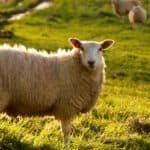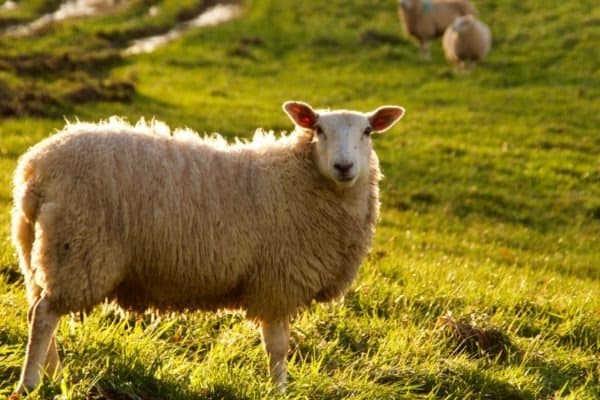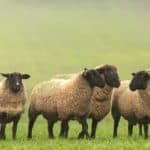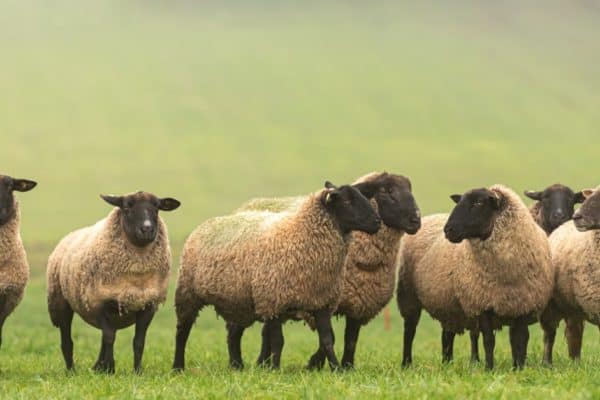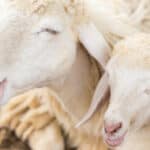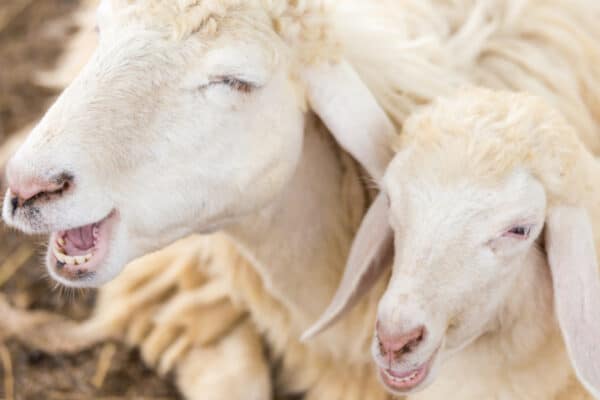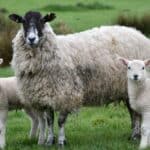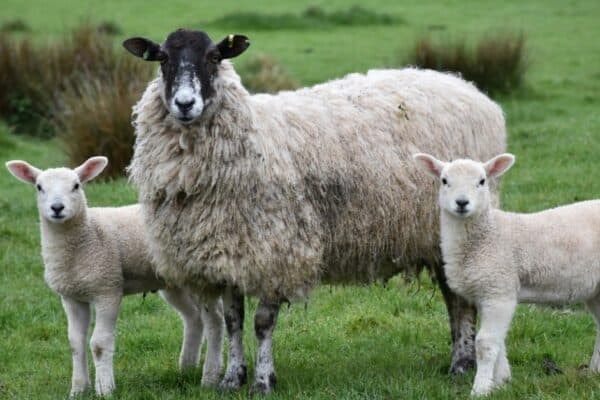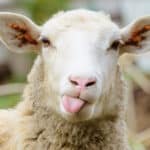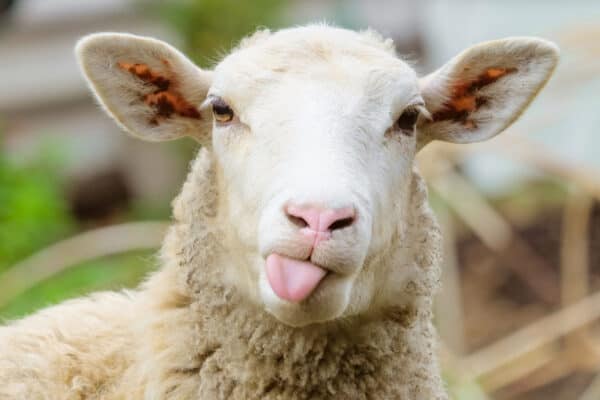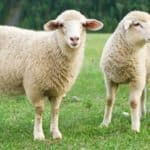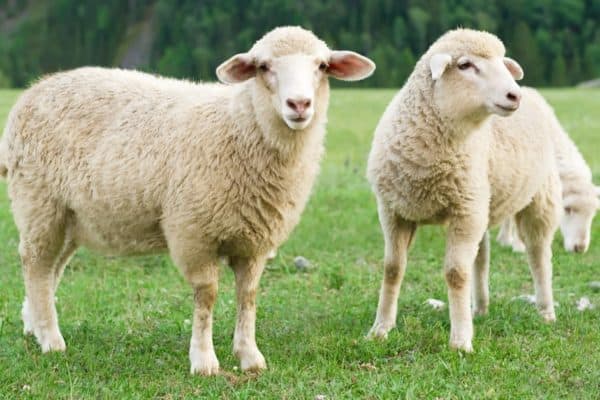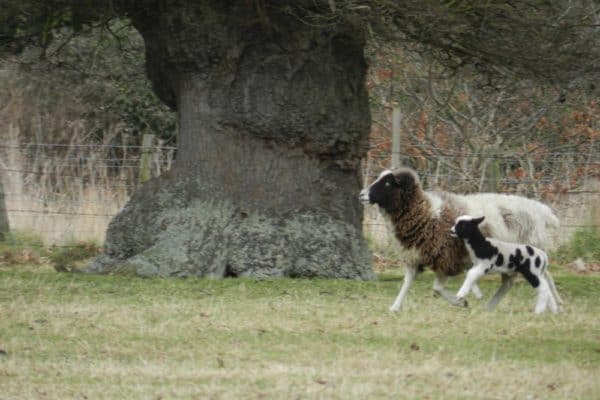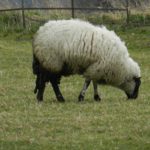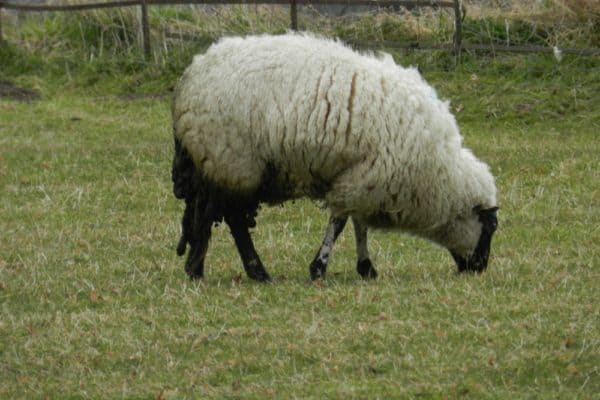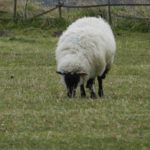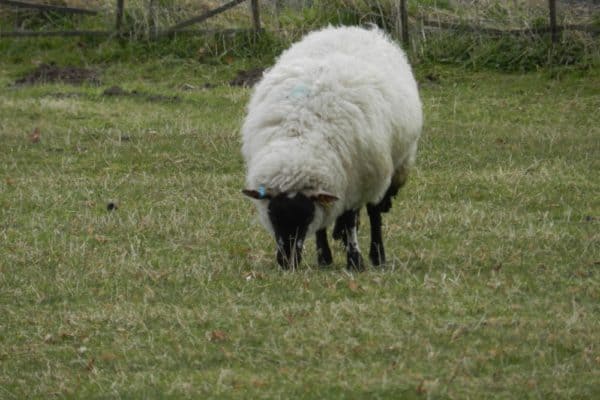Welcome to the Sheep Quiz, where you can test your knowledge of these beloved domesticated animals. Sheep have played a significant role in human history for thousands of years, providing us with wool, meat, and milk. But how much do you really know about these fluffy creatures?
Do you know the different breeds of sheep? Or how they communicate with each other? This quiz will challenge your knowledge and help you learn more about these fascinating animals.
So, if you’re ready to put your sheep smarts to the test, let’s get started!
Sheep: Appearance and Behavior
Sheep are domesticated animals that have been bred for their wool, meat, and milk for thousands of years. They are found all over the world and have adapted to different environments, which has resulted in various breeds with distinct appearances and behaviors. In this article section, we’ll take a closer look at the appearance and behavior of sheep.
Appearance
Sheep are known for their woolly coats, which can be found in a variety of colors and textures depending on the breed. Their coats are made up of two types of fibers: the outer guard hairs, which provide protection, and the soft undercoat, which insulates the sheep. Sheep are typically medium-sized animals, with a body length of about 4 feet and a weight that can range from 80 to 400 pounds depending on the breed. Their heads are relatively large, with broad foreheads and long snouts. Most sheep have curved horns that are either long or short depending on the breed.
Behavior
Sheep are social animals and tend to flock together in herds. They are highly adaptable and can survive in a wide range of environments, from mountains to deserts. Sheep have excellent memories and are able to recognize other sheep, as well as familiar human faces.
They have a gentle disposition and are generally docile animals, although they can become agitated if they feel threatened. Sheep communicate with each other through a variety of vocalizations, including bleats, grunts, and snorts, as well as through body languages such as ear and tail position.
Sheep are herbivores and have a unique digestive system that allows them to extract the maximum amount of nutrients from the plants they eat. They have four-chambered stomachs that enable them to break down and ferment tough plant materials, which is essential for their survival in areas where food is scarce. Sheep are grazers, meaning they prefer to feed on low-growing plants close to the ground, and they will often rotate their grazing patterns to prevent overgrazing in one area.
Sheep Lifespan
Sheep are hardy and long-lived animals, with a lifespan that can range from 10 to 12 years on average. However, their lifespan can be affected by a number of factors, including genetics, diet, and environment.
Genetics
Like most animals, sheep’s genetics play a significant role in determining their lifespan. Certain breeds are known to live longer than others, and sheep that are bred for meat tend to have shorter lifespans than those bred for wool or milk production. For example, Merino sheep, which are bred for their wool, have been known to live up to 20 years in some cases, while meat breeds such as the Suffolk sheep typically live between 7 to 10 years.
Diet
The diet also plays a role in sheep’s lifespan. Proper nutrition is essential for the health and longevity of sheep, and a diet that is lacking in essential nutrients can lead to health problems and a shorter lifespan. Sheep are herbivores and require a diet that is rich in fiber, protein, and vitamins. They need access to clean water and a balanced diet that includes hay or grass, as well as supplementary grains, minerals, and vitamins.
Environment
The environment in which sheep are raised can also impact their lifespan. Sheep that are raised in clean, well-ventilated facilities with proper temperature and humidity controls tend to have a better quality of life and a longer lifespan. Conversely, sheep that are exposed to harsh weather conditions, poor air quality, and unsanitary living conditions are more likely to experience health problems and have a shorter lifespan.






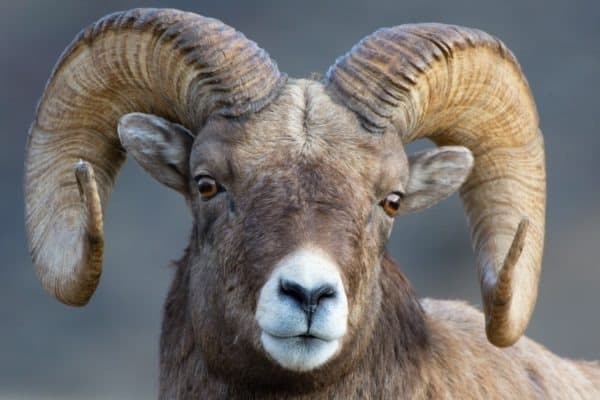
 WilliamLWatson/Shutterstock.com
WilliamLWatson/Shutterstock.com